We’ve put together a handy reference guide for all types of bar glassware. If you ever wanted to know the difference between a white wine and a red wine glass, a pilsner and a pint glass or a highball and a hurricane glass, we’ve got you covered.
SPIRIT GLASSES
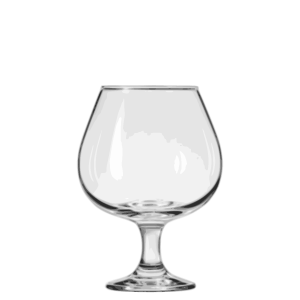
BALLOON / SNIFTER
Similar to a wine glass, the brandy glass has a shorter stem and a wider bowl. The purpose is opposite of the wine glass — the brandy glass is designed to be cupped in the hand to warm the brandy.
BENEFITS: Large surface area allows the aroma of the content to rise and be concentrated at the narrow mouth for maximum effect
DRINKS: Brandy, cognac

COLLINS
Collins glasses are straight-sided narrow glasses, traditionally wrought of frosted glass, primarily designed for long drinks (namely the fizz and Collins family of drinks), and typically holding around 10 fl oz (300 mL) each.
BENEFITS: Versatile and large
DRINKS: Tom Collins, mixed drinks

HIGHBALL
Highball glasses are tall, 8 or 9 fl oz (240 or 270 mL) and designed to hold highball drinks — iced drinks containing liquor along with water and/or a carbonated mixer. Highball glasses may in some parts also be known as a cooler or a slim jim.
BENEFITS: Versatile and large
DRINKS: Mixed drinks
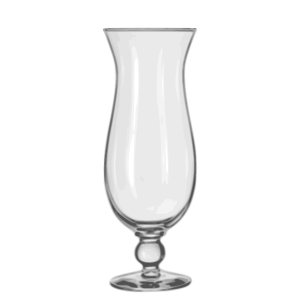
HURRICANE
BENEFITS: Large and versatile
DRINKS: Tropical cocktails

MARTINI / UP
BENEFITS: Long stem helps maintain the temp of the cocktail
DRINKS: Martini, other cocktails served up (no ice)

OLD FASHIONED / ROCKS
Usually used for whiskeys and gin. A perfect rocks glass has a perfect round bottom, and when the ice is dropped from the correct height a “ting” can be heard. Rocks glasses got their name as most of these drinks are served over ice (on the rocks).
BENEFITS: Easy to hold, versatile
DRINKS: Old Fashioned, whiskey on the rocks
WINE GLASSES
Although wine glasses can be found in a variety of shapes and sizes, they all consist of three primary elements: the bowl, the stem and the base. The base and stem serve to weight the glass and provide support for the bowl. Wine glasses are stemmed so the drinker’s hand does not warm the bowl and thus the drink. The bowl is the primary distinguishing factor of wine glasses. Different wines are best served in a specific style of glass so as to best release the aromas and flavors of the wine.

CHAMPAGNE / FLUTE
BENEFITS: Enhances the longevity of the bubbles
DRINKS: Champagne, asti, prosecco
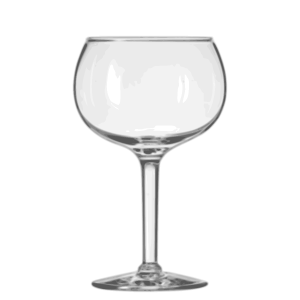
GRANDE
BENEFITS: The tall narrow shape concentrates the aromas of the wine
DRINKS: Riesling, gewurztraminer

RED WINE / BORDEAUX
BENEFITS: The height of the glass allows the wine to proceed directly to the back of the mouth to maximize flavor
DRINKS: Cabernet sauvignon, merlot, cabernet franc, malbec, petite verdot

WHITE WINE
BENEFITS: Displays the color of the wine and directs the bouquet to the nose
DRINKS: Chardonnay, pinot grigio, white zinfandel
BEER GLASSES
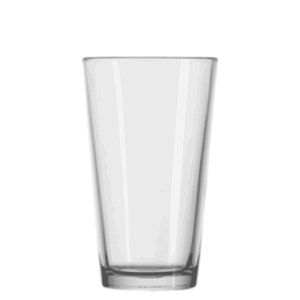
PINT GLASS
A standard, all-purpose beer glass with slightly tapered walls. Used primarily for English- and American-style lagers and ales ranging from light lagers to imperial stouts. Pint glasses come in two sizes: Imperial 20 ounce (570 mL) or US 16 ounce (470 mL) pints.
BENEFITS: Easy to store, easy to drink out of
DRINKS: Lager, blonde ale, dark wheat ale, IPA, malt liquor, stout, porter, herbed or spiced beer, pumpkin ale, rye beer, smoked beer, Scottish ale, low alcohol beer
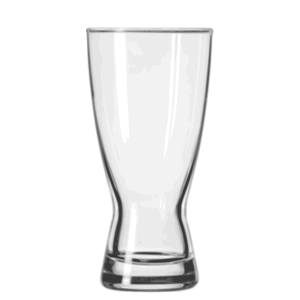
PILSNER
A long, narrow glasses with walls that taper towards the base. Used to consolidate volatiles and support delicate heads of pilseners and other lagers.
BENEFITS: Promotes head retention, enhances volatiles
DRINKS: Amber, pale lager, bock, Japanese rice lager, light lager, low alcohol beer

WEIZEN / WHEAT
A large, curvaceous glass, bulbous near the mouth to support and showcase the heads of weizens and other wheat beers.
BENEFITS: Takes on volume and head and locks in the banana-like phenol aromas associated with the style of beer
DRINKS: Dark wheat ale, pale wheat ale, hefeweizen
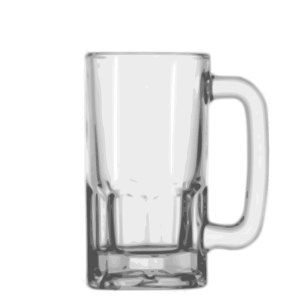
MUG / SEIDEL / STEIN
A glass that is often of great volume, with handles and thick walls to help maintain a cool temperature. An earthenware, ceramic, or metal version is called a stein.
BENEFITS: Easy to drink out of, holds plenty of volume
DRINKS: Amber, red ale, blonde ale, porters, malt liquor, pale wheat ale, stout, strong ale

TULIP
A bulbous glass with a trumpeted mouth and short stem used to capture aromas and support large heads of artisanal Belgian ales. They are ideal for swirling beer to release volatiles. Many have etchings on the bottom of the inside of the glass to stimulate carbonation, aiding in head retention. A tulip glass may be substituted with an oversize snifter.
BENEFITS: Captures and enhances volatiles, while inducing and supporting large foamy heads
DRINKS: Imperial IPA, wild ale, dark ale, pale ale, lambic, farmhouse ale

CHALICE / GOBLET / SHOONER
A wide-mouthed, bowl-like, stemmed glass, often with metal linings. Used for serving Trappist ales and other abbey-style ales. Like tulip glasses, they are often etched to stimulate carbonation. Chalices may be substituted with an oversize red wine glass.
BENEFITS: Designed to maintain head, and is wide-mouthed for deep sips
DRINKS: Belgian IPA, Belgian strong dark ale, quadrupel

